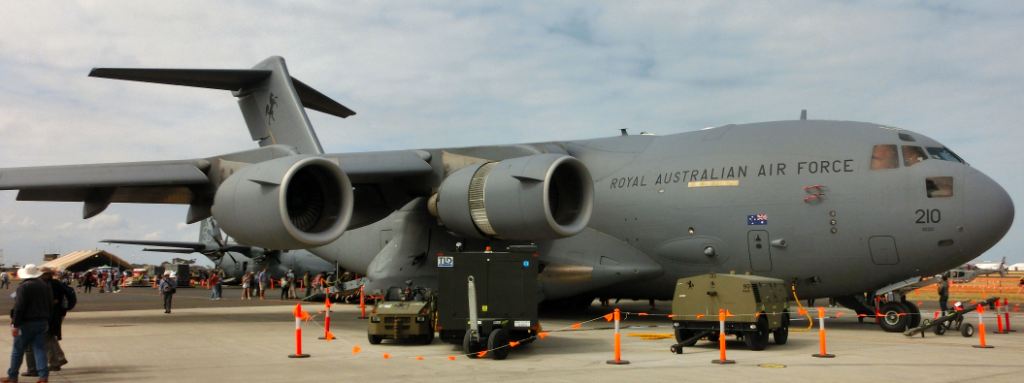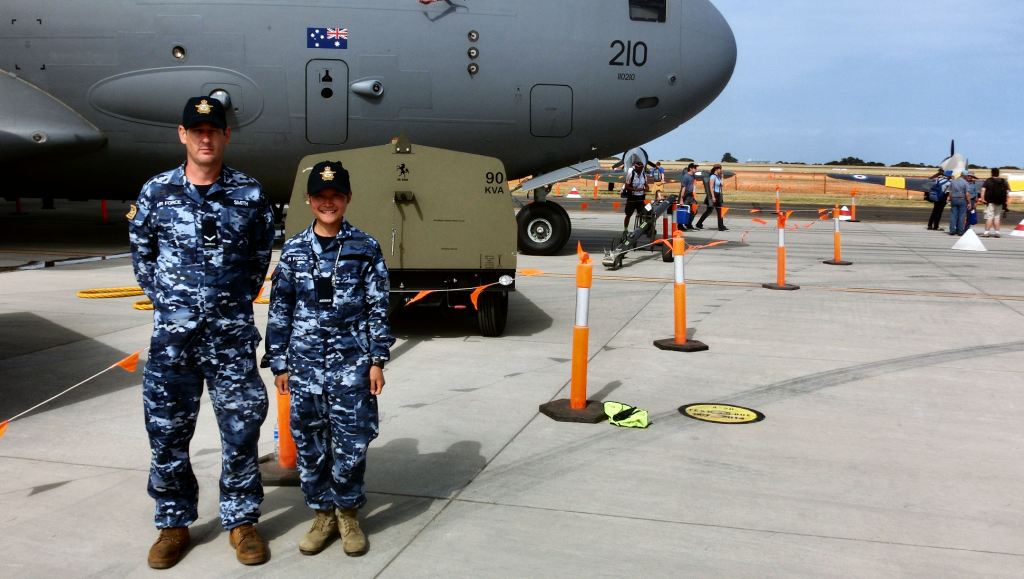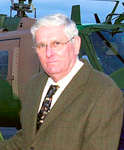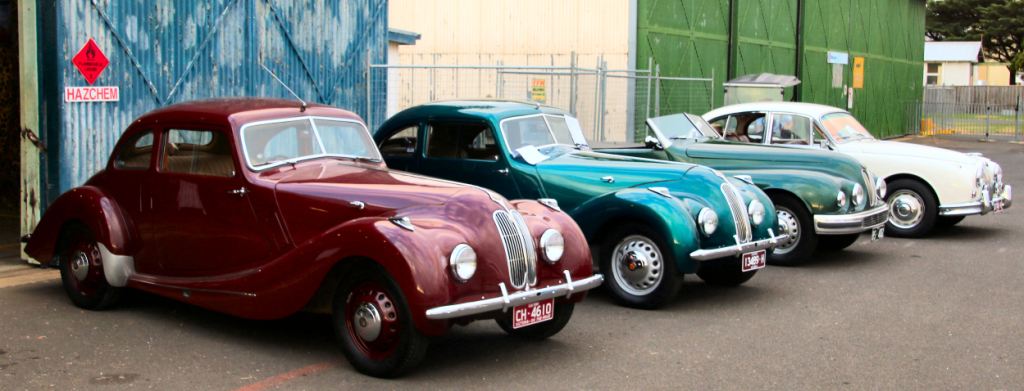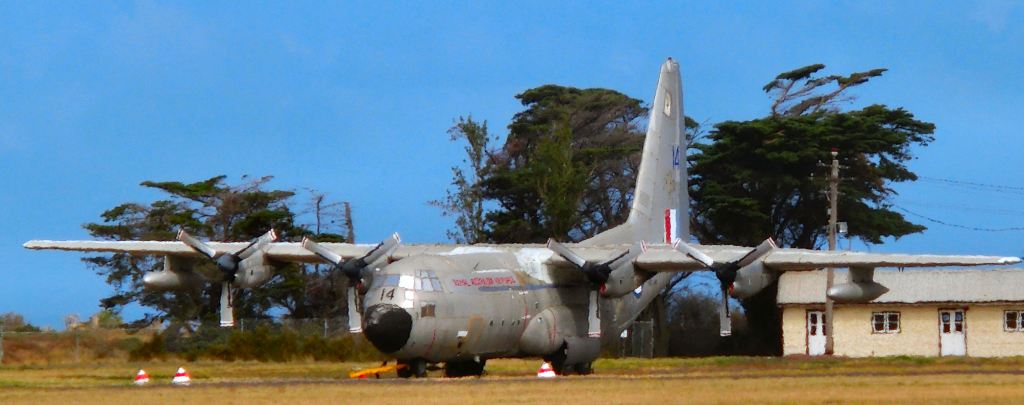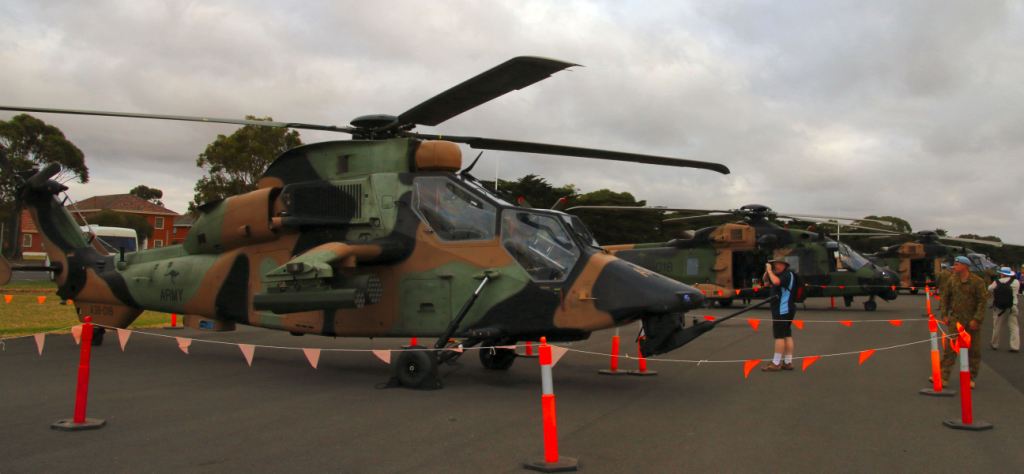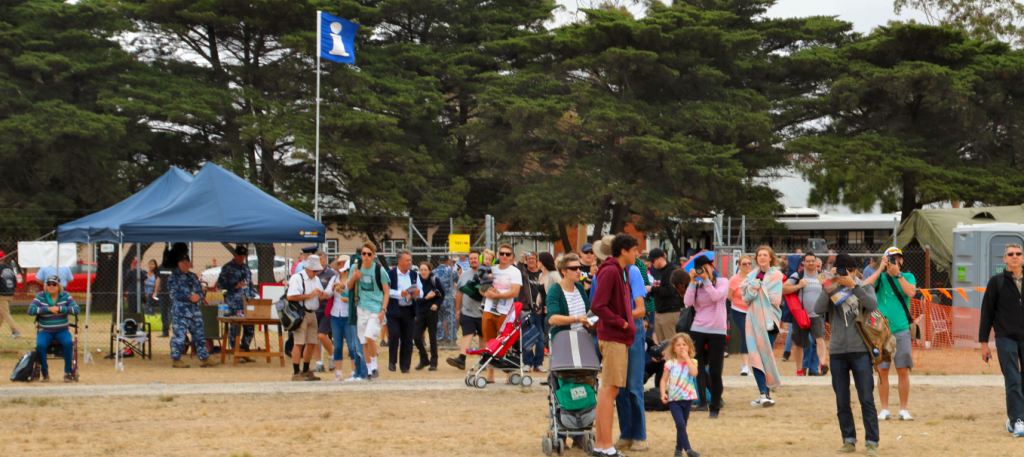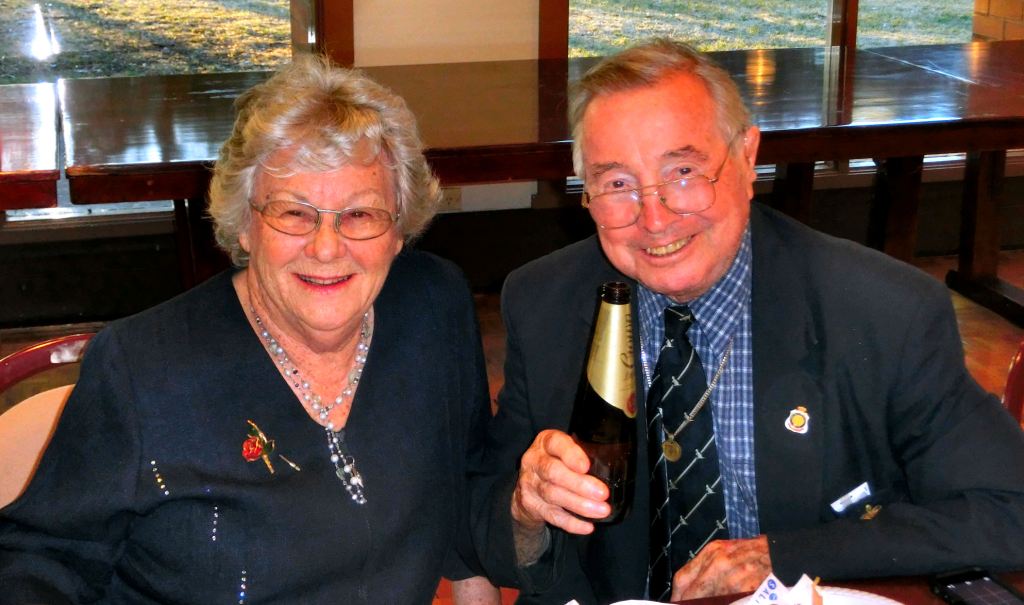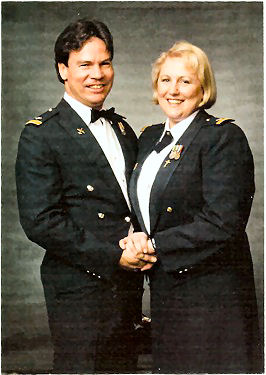|
Radschool Association Magazine - Vol 45 Page 10 |
|
Privacy Policy | Editorial Policy | Profit Policy | Join the Association | List of Members | Contact us | Index | Links |
|
Back Go to page: 1 2 3 4 5 6 7 8 9 10 11 12 13 14 15 16 17 18 19 20 Forward |
|
|
|
Point Cook Air Show.
Over the weekend 1st and 2nd of March 2014, the Centenary of Military Aviation Air Show was held at Point Cook, the oldest continually operating military air field in the world. You can click a lot of the pics below to get a bigger look.
Back in 1913, a
Lieutenant Henry Petre selected a parcel (300 hectares) of coastal
grazing land for the purpose of establishing a flying school for the
Australian Flying Corps (AFC). As flying was still in its infancy
and still highly experimental, land at sea level, devoid of any
hills or obstructions, was essential for flying training and de
On the 1st March 1914, a Lieutenant Eric Harrison left the ground in a Bristol Boxkite to become the first person to fly from the newly established Base and exactly 100 years and a few minutes after, Air Vice Marshal Mark Skidmore (retired) flew a recently built replica of the same aircraft in front of crowds of people at the Air Show. His descendants were guests at the Airshow and watched as the replica was flown early on the Sunday morning (02Mar2014).
The brainchild of Group Captain (retired) Ron Gretton, AM, (below) and Wing Commander (retired) Geoff Matthews, the Boxkite replica was painstakingly built at the RAAF Museum, and was first flown on the 11th September, 2013. (See HERE).
The Boxkite has a rich history in the evolution of military aviation in Australia and was the first official military aircraft built in Australia that was used to train Australia’s military aviators. It was developed in the UK in 1910 by the British & Colonial Aeroplane Company and was ‘state of the art’ in its time and also one of the most successful trainers of the era.
The replica project was started in April 2006 when it was estimated it would take 4-5 years to construct the aeroplane. Most of the smaller wood components, brackets and fittings were manufactured in the Museum’s Maintenance Hanger and the project was essentially completed in April 2011, five years after wood was first cut.
These aircraft were originally powered by
a French designed Gnome 7 Omega 7-cylinder air cooled radial
engine, but finding a spare serviceable and reliable replacement was
a bit hard so it was decided to fit the Australian
Rotec R2800 engine which is
frequently
You can see how and where the aircraft was built HERE.
A few months after Lieutenant Eric Harrison’s first flight, the school commenced its first flying course with four students, coinciding with Britain’s declaration of war against Germany (WW1) on the 4th August. During the war, the school produced 120 pilots for the fledging AFC then in March 1921, the AFC was transformed into the Royal Australian Air Force and there was a rapid expansion of Point Cook with the establishment of seaplane and fighter aircraft along with Officer Cadet training. In 1939, with war once again inflicted on the world, Point Cook became a major training centre producing 2700 pilots and more than 7000 wireless telegraphy and cipher operators.
In 1945, with peace and normality returning to the world, Point Cook continued its flying training role, hosting courses for the RAAF as well as for the Army and Navy until 1992. During these years it was also home to such bodies as:
1. The RAAF College (later renamed the RAAF Academy). 2. The RAAF Staff College. 3. Central Flying School. 4. No 1 Basic Flying School. 5. The Officer Training School. 6. The RAAF Institute of Aviation Medicine. 7. The RAAF School of Languages, and 8. The Air Force Training Group HQ.
In 2003, the Government announced that
Point Cook would be sold as freehold land but they weren’t
anticipating the huge backlash from both the service and civvy
population. Wing Commander Ted Ilton had been retired from the RAAF
for 25 years and felt he had to join the chorus and attempt to
reverse the decision. Along with many others,
Both Point Cook and Laverton are now called RAAF Williams after Air Marshal Sir Richard Williams KBE CB DSO who graduated from the first AFC training course in 1914. Richard Williams went on to be Air Marshall Williams and Chief of Air Staff from 1922 until 1939. He is known as the “Father of the Air Force”.
Point Cook is home to some wonderful old buildings, many dating back to pre WW1, including the oldest hangers and workshops in Australia, most of which were built between 1914 and 1917. It was only fitting that Point Cook, which is home to the RAAF Museum and 21 Squadron, was chosen as the Base to host the Centenary of Military Aviation Air Show.
RAAF flying had stopped some time ago and the airstrip was being used by RMIT as a base for their flying school but in January this year the RAAF once again took control of the airside. A good thing!!
Prior to
the Airshow, Point Cook had been allowed to ‘wind down’ and the
basic facilities needed to run a successful event were in short
supply. Aircraft GSE had to be brought in
The RAAF also provided accommodation and meals for military and civil persons engaged in the show and Air Commodore Phil Byrne, (above) the Head of Special Events in the RAAF, and his team, had to scour far and wide, then beg, borrow and steal a tonne of equipment to make it work as well as find sufficient beds, bedding and other facilities necessary for a comfortable stay.
As uniform numbers on the Base had dropped to a low number, there was not a working Mess on the base that could prepare and serve the meals needed to feed these people so alternative arrangements had to be made. The old Officers' Mess was used, civvy caterers were brought in, gas barbecues and ovens were found and assembled at the back of the mess, the dining room was cleaned up and from these rudimentary facilities, everyone was served up breakfast, lunch and dinner and there wasn’t a complaint in the house.
Well done to everyone involved.
|
|
Old Officer’s Mess dining room, Point Cook. |
|
|
|
The two day flying display was put together by the RAAF’s Head of Flying operations, Air Commodore David Pietsch, (right). The program included quite a number of civvy participants, people who, at their own cost, gave of their time to bring their aircraft to the Airshow for a static display or to wow the crowd with their professional and precision flying, (see program HERE).
David and his team burnt the mid-night oil to get everything right and it showed on the day as the events went without a hitch.
Some of the aircraft on display included:
Avro Cadet Mk. II
In May 1935 the Avro 643 Cadet II was selected for RAAF training and an initial order for 12 machines was placed with A.V. Roe and Company Ltd. Local production of the chosen training aircraft was being considered and the Cadet was considered favourable to the DH.82 Tiger Moth because its performance was better with the air cooled radial engine. In addition deHavilland had specified a slower delivery rate at higher cost and stipulated that 36 DH.82s must be built in England before Australian production would be allowed.
The
first six Cadets arrived at Melbourne on board SS Nestor on
29 December 1935. Two months later an agreement was approved between
the Australian Government and A.V.
Delays in establishing the Australian production necessitated another order for 12 more British Cadets. In a complex story of RAAF policy changes and Australian politics of the volatile years leading up to the outbreak of World War Two, the planned Australian production line was never established.
In all, the RAAF obtained a total of 34 Cadets, all Avro 643 Mark II models, powered by the 150hp Armstrong Siddeley Genet Major 1A radial engine, operated without cowlings. The RAAF named them Avro Trainers and they were referred to by that name during their RAAF careers.
All Avro Trainers were retired from the RAAF during 1944. Eventually DCA approved the aircraft for civil use and 17 received civil certification, initially flown by aero clubs and private owners. Later Cadets found a new role in aerial agriculture, when a number were fitted for dusting and spraying and two were re-engined with the more powerful American 220hp Jacobs R-755 radial. A modification installed on most drop dusting Cadets was an air scoop on the top of the rear fuselage, to expel superphosphate and other granular fertiliser dust, which otherwise covered the fuselage internal structure.
This particular aircraft is owned by Clinton Ashton-Martin.
|
|
P-51 Mustang.
This
aircraft first saw service with the RAAF in 1948 and was retired in
1958. It entered the
Jeff graduated from the RAAF’s pilot course in 1968 and as a F/O flew Caribous with 35 Sqn in Vung Tau from Oct 1970 to Oct 1971. After Vietnam, he left the RAAF and joined TAA but in 1979 signed on again, was posted to Amberley and flew the F111. In 1981 he was promoted to Squadron Leader and eventually led the Roulettes Aerobatic Team.
He finally retired from the Air Force in 1989 and, when not flying the Mustang flies Qantas Boeing 747s. He tries to take the Mustang out once a month to flying displays, airshows and other events, many of which are associated with the Museum at Point Cook.
It’s kept at his Latrobe Flying Museum at Traralgon in Victoria where he keeps a number of other aircraft he owns and operates, including a Winjeel and a Douglas C-47B. Jeff admits to spending “massive amounts” of time and money on his passion for historical aircraft, but it’s a labour of love.
Curtiss P-40 Kittyhawk.
The
Curtiss P-40F Kittyhawk was an American single-engined, single-seat,
all metal fighter
During WW2, the RAAF operated a total of 908 of these aircraft, in various models and they were retired in 1947.
This particular aircraft is owned by Allan Arthur.
|
|
Above, part of the line up of civvy aircraft on display. |
|
|
|
I remember when I took my son to the pub for his first drink. Got him a Fosters.....he didn't like it, I had it. Then I got him a VB, he didn't like that either, I had it. It was the same with Guinness and XXXX. By the time we got down to the whisky I could hardly push the damn pram.
|
|
Gloster Meteor F8.
|
|
This aircraft was built in 1949 in the UK and is the only Gloster Meteor F8 flying in the world. It originally flew with the RAF until 1982 and was then sold to a private owner and continued to fly in the UK. It was then purchased by the Temora Aviation Museum and transported to Australia where it was given the registration VH-MBX and after some restoration, took to the skies again in 2001. Since being re-painted, the aircraft carries the markings of a Korean War era Meteor operated by 77 Squadron and flown by Sgt. George Hale.
Sadly, during the Korean War we lost 54 of our 90 aircraft and 30 RAAF pilots were killed in action.
Lockheed Hudson III
|
|
This aircraft, which is also owned by the Temora Aviation Museum, was received by the RAAF in 1941 and after service with No.1 O.T.U. it was allotted to 14 Squadron in July 1942 for anti-submarine patrol off the coast of Western Australia. It was then allocated to 6 Squadron in PNG and flew out of Milne Bay in bombing, armed reconnaissance and patrol work for a period of twelve months. It returned to Australia for a major then was allocated to the RAAF Survey Flight and flew with them for the next two years. Post-war, it was sold to East-West Airlines and became their flagship (VH-EWA) for the next six years then was purchased by Adastra Aerial Surveys as a photographic aircraft. Malcolm Long purchased the aircraft from Adastra in 1976 and restored it to its original military configuration in 1993.
Temora Aviation Museum bought the aircraft in May 2004 and operates it as a tribute to Hudson crews of World War 2
|
|
|
|
A total of 2,941 Hudsons were built of which the RAAF operated 247. This example is painted to represent a Hudson III A16-211 that served with 6 Squadron during the decisive Battle for Milne Bay. A16-211 crashed on landing at Millingimbi (NT) after its undercarriage failed, it was Christmas Treed and parts of it are still there.
De Havilland Caribou. (A4-210).
One aircraft that needs no introduction is the faithful old Caribou. After they were retired from RAAF service in 2009, two were bought by and are now operated by HARS. This particular aircraft (A4-210) was delivered to 35 Sqn in 1964 and started work in Vung Tau. In December 1968, after running into a ditch on landing, it was loaded onto HMAS Sydney and delivered to De Havilland’s at Bankstown for repairs after which it was sent to 38 Sqn at Richmond but remained a scarey aeroplane in which to fly. On full flap it tended to do very un-aeroplaney things and it spent many weeks with tell-tale ribbons taped to its outsides until it was worked out what had been put back incorrectly.
Once fully repaired, it was put on the line and continued to work with 38 Sqn until it was retired and sent to Oakey for storage where it was bought by HARS in 2011.
Bob St John (left) and the crew brought ‘210’ down to Point Cook where it put on a show for the crowd.
Douglas DC-3
|
|
Another aircraft that is as familiar and as solid as an FJ ute is the old DC3. This aircraft, also owned and flown by HARS, was delivered to the RAAF in 1945 and served with 38, 36 and then 34 Squadrons. While at 34 Sqn it was used as a VIP aircraft and was used as a support aircraft carrying equipment and transporting members of parliament and visiting dignitaries during the Queen’s tour of Australia in 1954,. Retired from 34 Sqn in 1967, it finally went to ARDU where it stayed until 1997.
Early in 2000, not long after its 55th birthday, it was decommissioned after having flown a total of 14,600 hours. It was acquired by HARS in July 2000 and flown from Edinburgh to Bankstown where it went through a thorough restoration and registration process to bring it onto the domestic register as VH-EAF. With the RAAF’s permission, the aircraft was essentially left in RAAF livery except the words ‘Royal Australian Air Force’ on both sides of the fuselage were changed to ‘Historical Aircraft Restoration Society’ and the ARDU insignias on the tail were changed to the HARS insignias.
The Old.
The Australian Government ordered 24 F-111Cs in 1963, but the aircraft were not delivered until 1973 because of long-running technical problems. A further 15 F-111G models were ordered and delivered between 1993 and 2007. The C models underwent modernisation programs in the 1980s and 1990s but despite this, by the 2000s they were becoming outdated and expensive to maintain, leading to a decision to retire them in 2010 rather than 2020 as originally planned.
|
|
The aircraft above was
delivered to the RAAF in June 1973 and was the first F111 to land at
Amberley. In December 2010 it performed another milestone when it
took part in a flying
In May 2011, it left Amberley for Point Cook, though this time on the back of a truck, taking 3 days instead of the 30 minutes of which it was quite capable. Once on the ground again at the Museum, it was re-assembled by the blokes and blokettes from 82 Wing and is now on permanent display – still a very impressive looking aeroplane.
The New.
With the F111’s in the retirement home, the RAAF was left with a big hole in its strike department and with the planned replacement aircraft, the F35 (below) not quite ready to go, the RAAF took delivery of 24 Boeing F/A-18 Super Hornets to temporarily fill the gap.
|
|
The RAAF’s first two of a total order of 100 F35A’s, the conventional take-off and landing variant, should be delivered some time in mid 2014. These aircraft will be stationed in the US and will be used to train pilots for the Australian based aircraft which should start arriving some time in 2018. These will go to 3 Squadron at Williamtown. It is planned to eventually have two Squadrons based at Williamtown, one at Tindall and one at Amberley.
A lot of negativity has been peddled about the F35, as a lot was said about the F111 before it arrived and eventually and thoroughly proved the doomsday sayers completely wrong. We’ve got a feeling the F35 which is a fifth generation fighter, combining advanced stealth with fighter speed and agility, advanced mission systems, fully fused sensor information, network-enabled operations and cutting-edge sustainment, will also prove the knockers wrong - BUT!!! see HERE.
The aircraft above is a ‘mock-up’ and has been used at various events to show the public their taxes at work.
The big fella.
The RAAF’s 6 C-17 Globemaster aircraft are based at 36 Sqn at Amberley. The first arrived in 2006 and since then they have performed all sorts of heavy lift tasks in all sorts of places (see our earlier story HERE). Capable of lifting a 70 tonne load these magnificent aircraft kept the Australian contingent in Afghanistan regularly supplied with vital equipment.
|
|
Normally a very popular attraction when and wherever they are shown, at Point Cook over the weekend they didn’t let the organisers down. The long lines of people waiting to walk through didn’t shorten at any time during either day, it was just a case of in the front door, walk through the aircraft then down the ramp – a ten minute wait in line for a two minute walk through. There were elderly people, middle aged, married couples with kids, teenagers, all eager to get inside and have a look.
Full marks have to go to the RAAF people who were detailed off to be on duty inside the aircraft, over the two days they would have had to answer at least a million questions, some silly, some technical, some completely irrelevant, most of which would have been repeated a thousand times, yet they all handled themselves patiently and professionally, with smiles on their faces, a credit to themselves and to the RAAF.
General Purpose Uniform (GPU).
The RAAF used the Show as an opportunity to unveil their new General Purpose Uniform. The dark blue and metal grey uniform was officially launched by Chief of Air Force, Air Marshal Geoff Brown, AO, who said Point Cook, the historical birthplace of the RAAF, was a fitting location to launch the new GPU.
"The purpose of the GPU is to provide a unique and easily identifiable Air Force presence to the Australian Defence and civilian communities, consistent with the Air Force’s distinctive identity and still effective in meeting our service requirements," AIRMSHL Brown said. (In other words, they're sick of being mistaken for Army bods - tb) "The GPU will begin from today to replace the current camouflage uniform, also worn by Army, for general base duties and in non-warlike environments such as humanitarian tasks and Defence assistance to the civil community."
|
|
David Smith, an MT Fitter and Sidney Widjaja, Clerk, show off their new uniforms.
|
|
It is planned that all Air Force personnel will be issued with the new uniforms by the end of 2015.
(I think the new cap badges are confusing – everyone looks like an officer these days, bring back the berets, shorts and T-boots we say!!! - tb)
The RAAF Museum.
When not looking at the flying display or the static aircraft, most of the people did a tour of the RAAF Museum. David Gardner has been the director of the Museum since 1999 and has overseen some dramatic changes. There are some wonderful old aircraft on display, though pride of place has to be the Bristol Boxkite replica. As well as aircraft and RAAF memorabilia, the Museum also holds thousands and thousands of film negatives, some taken many many years ago. They are in the process of scanning these negatives and one day, as and when time allows, they will be made available.
|
|
To commemorate the release of the Boxkite, the museum invited owners of vintage Bristol cars to display their vehicles next to the Boxkite and three magnificent examples of the marque and their owners turned up, along with a wonderfully restored 3.8S Jaguar.
|
|
Bristol Cars is the last remaining descendant of the Bristol Aeroplane Company, a major aircraft manufacturer that at one point employed well over 50,000 people. After the Second World War the Car Division of the Bristol Aeroplane Company was formed, later becoming Bristol Cars Limited.
The company suspended manufacturing in March 2011 when administrators were appointed then soon after in April that year, the company was purchased by Kamkorp, a British-Swiss holding company assuring its continuation. At present it restores and sells old models of the marque, whilst a new model is developed.
Another aircraft normally on display, but which was banished to the back of the bus for the show is the old A model Herc.
|
|
Many say this model was the best Herc ever made and that 36 Sqn went downhill when they got rid of them, but perhaps that’s only a rumour. It did sound the way a Herc was meant to sound though.
If you have never been to the Museum, it should be on your bucket list, it is open Tuesday to Friday from 10.00am to 3.00pm and on Weekends and Public holidays from 10.00am to 5.00pm. Closed Mondays.
Admission is free but people over 18 will need photo ID.
Army.
The Army paraded several of their new helicopters, the Multi Role Helicopter (MRH) and the Tiger Armed Reconnaissance Helicopter (ARH).
Both are being built under licence at Australian Aerospace’s complex at Brisbane Airport. The Army has ordered 30 MRH to replace the aging Black Hawks and these aircraft can carry between 12 and 20 soldiers, (depending on seating configuration) or 12 stretchers or an internal load of up to 2,500kg. The Navy will also receive 16 of the type to replace their ancient Sea Kings.
|
|
The Tiger ARH, of which the Army will receive 22, has been designed to provide significant reconnaissance and fire support in a combined arms team and is equipped with Hellfire missiles, 70 mm rockets and cannons.
Attendance.
It was reported that more than 33,000 people flocked to Point Cook at the weekend for the Show and you can bet not one would have been disappointed.
|
|
The Melbourne God turned on some good weather, cool in the morning but blue sky and warm in the afternoon and all day they streamed in through the gates with their chairs, umbrellas, rugs, eskies, cameras, found a spot on the grass and watched the flying show that commenced at 10.00am and continued non-stop until 4.00pm.
|
|
Part of the huge crowd that lined the runway to get a glimpse of the displays.
|
|
Spotted in the crowd and later in the Officers Mess enjoying a cold ale at the end of a hot day was Wing Commander (Retired) Ted Ilton and his lovely lady friend Beverly Malone.
|
|
Bev Malone and Ted Ilton. |
|
Ted and Bev flew down from Brisbane where they met with Ted’s son, Wing Commander Gary Ilton and his wife Sqn Ldr Robyn Green (right).
Robyn, now retired, served in Rawanda and East Timor while Gary is currently stationed in Darwin.
We spoke with Ted who insisted he wouldn’t have missed the show for all the tea in China. He was stationed at Point Cook as a boggy Admino back in the 1950’s and was kind enough to show us around the Officer’s Mess and related a few stories that perhaps should remain in the Mess.
You can see some wonderful photos taken at the Airshow HERE.
|
|
Jack decided to go skiing with his buddy, Bob. So they loaded up Jack's minivan and headed into the mountains. After driving for a few hours, they got caught in a terrible blizzard. So they pulled into a nearby farm with a very lavish home and asked the attractive lady who answered the door if they could spend the night.
"I realize it's terrible weather out there and I have this huge house all to myself, but I'm recently widowed," she explained. "I'm afraid the neighbours will talk if I let you stay in my house." "Don't worry," Jack said.. "We'll be happy to sleep in the barn. And if the weather breaks, we'll be gone at first light." The lady agreed, and the two men found their way to the barn and settled in for the night. The next morning the weather had cleared, and they got on their way. They enjoyed a great weekend of skiing.
But about nine months later, Jack got an unexpected letter from an attorney. It took him a few minutes to figure it out, but he finally determined that it was from the lawyer of that attractive widow he had met on the ski weekend...He dropped in on his friend Bob and asked, "Bob, do you remember that good-looking widow from the farm we stayed at on our ski holiday up north about 9 months ago?" "Yes, I do," said Bob. "Did you...... Uh, happen to get up in the middle of the night, go up to the house and pay her a visit?" "Well, um, yes!" Bob said, a little embarrassed about being found out, "I have to admit that I did.." "And did you happen to give her my name instead of telling her your name?" Bob's face turned beet red and he said, "Yeah, look, I'm sorry, buddy.... I'm afraid I did. Why do you ask?"
"She just died and left me everything." I know what you were thinking Rupe!!
|
|
Back Go to page: 1 2 3 4 5 6 7 8 9 10 11 12 13 14 15 16 17 18 19 20 Forward |
|
|
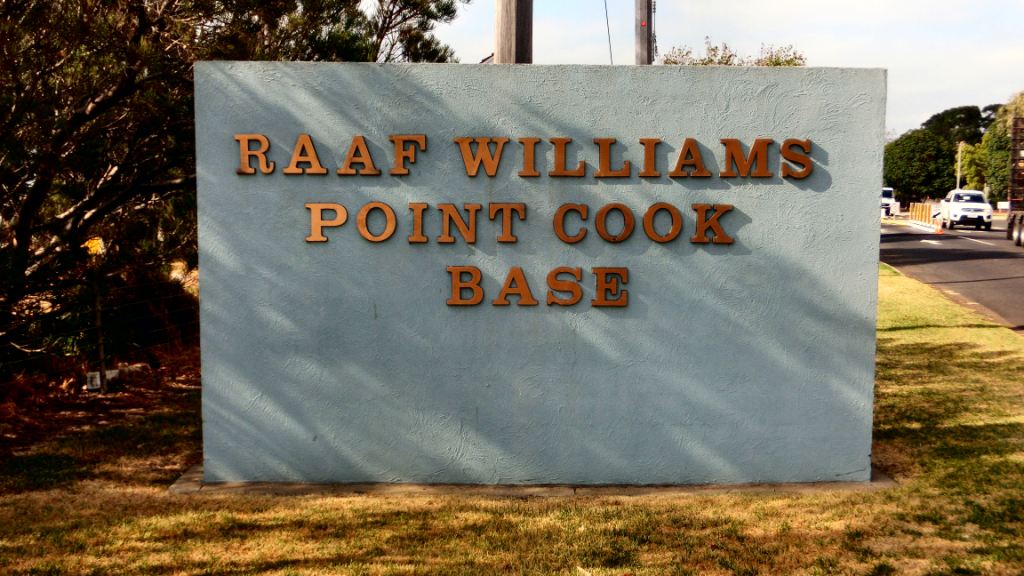 velopment.
The Australian Central Flying School was formed and began its
operations at Point Cook with two Officer instructors and a few
aircraft mechanics.
velopment.
The Australian Central Flying School was formed and began its
operations at Point Cook with two Officer instructors and a few
aircraft mechanics.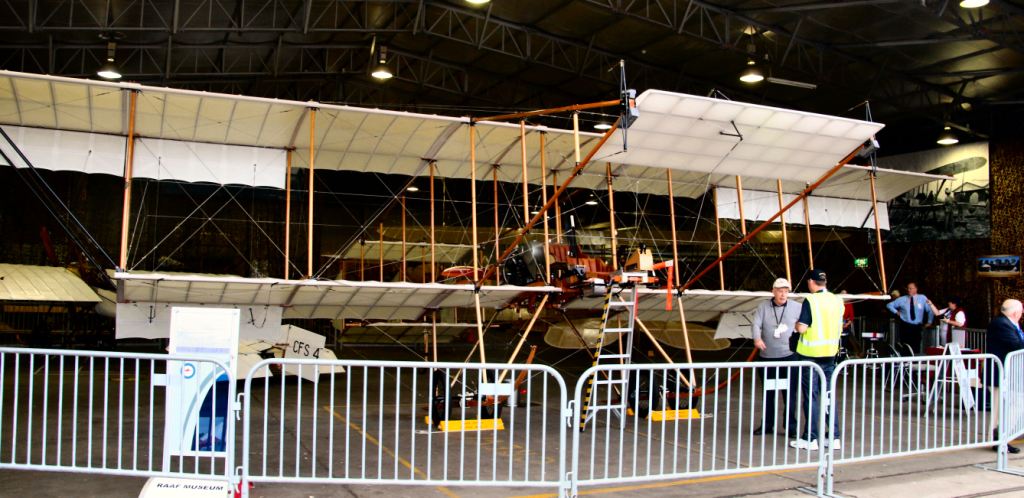
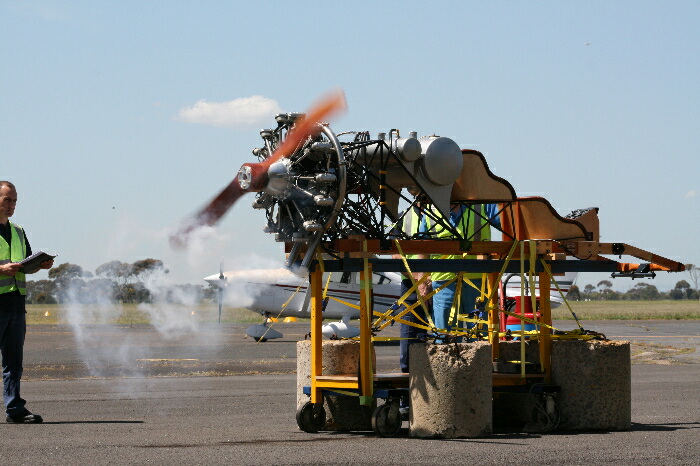 used as a replacement engine for aircraft of this vintage. The Rotec
used as a replacement engine for aircraft of this vintage. The Rotec
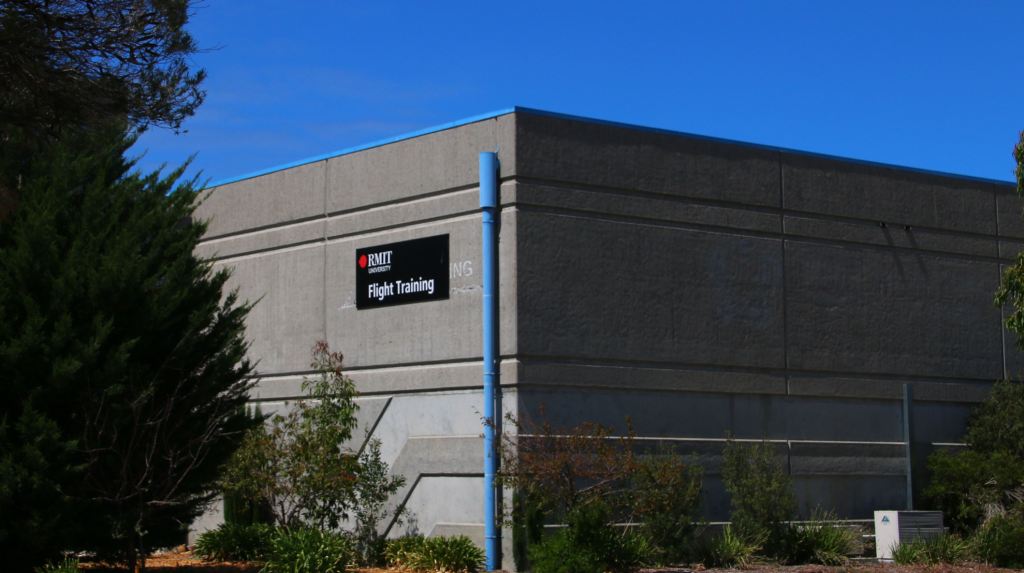 he
submitted several well documented papers which he feels had some
affect in the eventual reversal. In Feb 2004, to the relief of many,
the decision was reversed and in 2005 the Government announced that
the Base would be retained indefinitely for Defence use. In 2007 it
was included in the National Heritage.
he
submitted several well documented papers which he feels had some
affect in the eventual reversal. In Feb 2004, to the relief of many,
the decision was reversed and in 2005 the Government announced that
the Base would be retained indefinitely for Defence use. In 2007 it
was included in the National Heritage.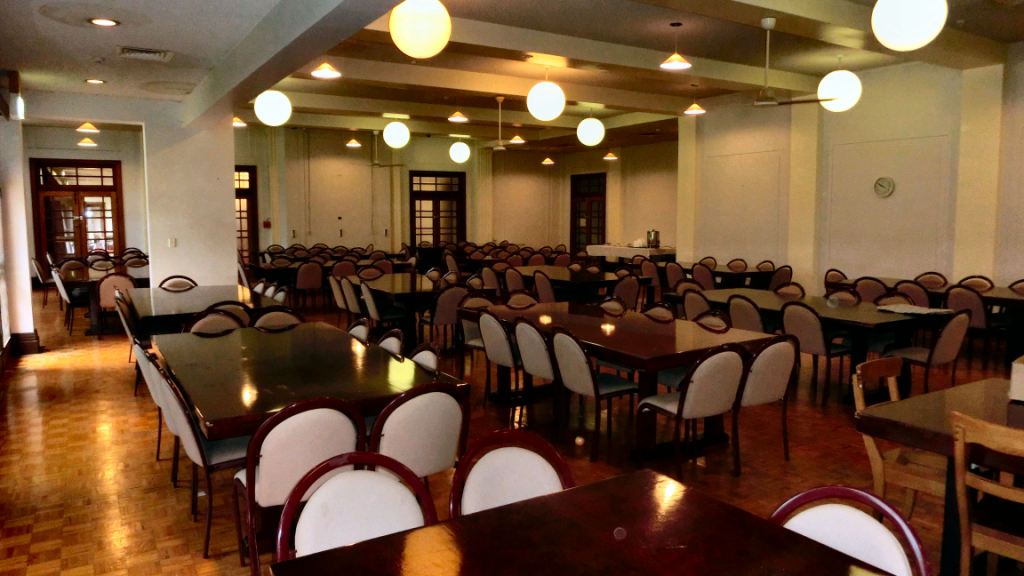
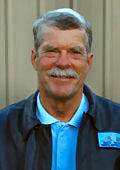
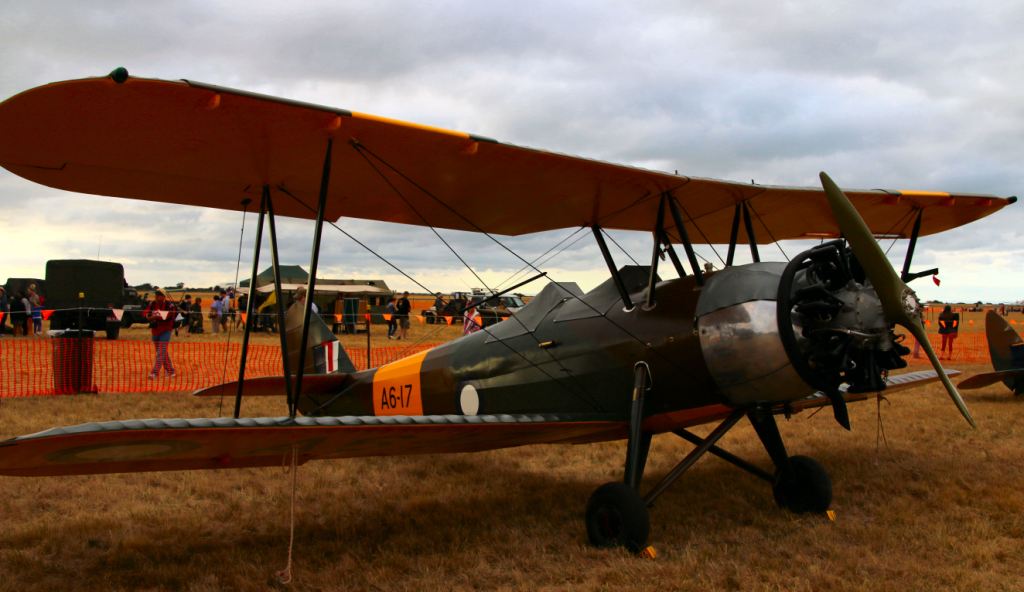
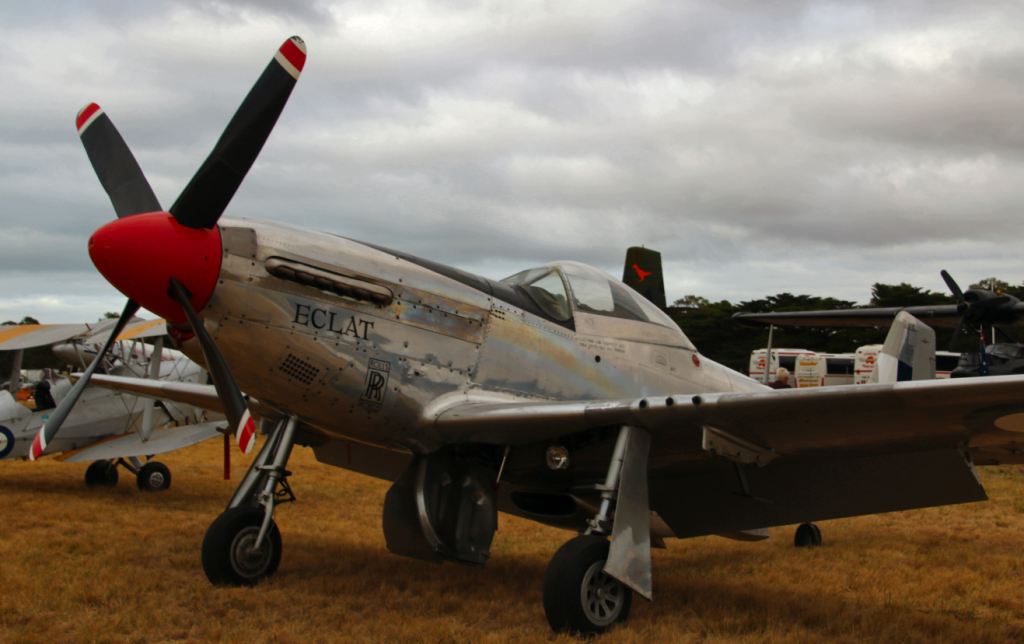
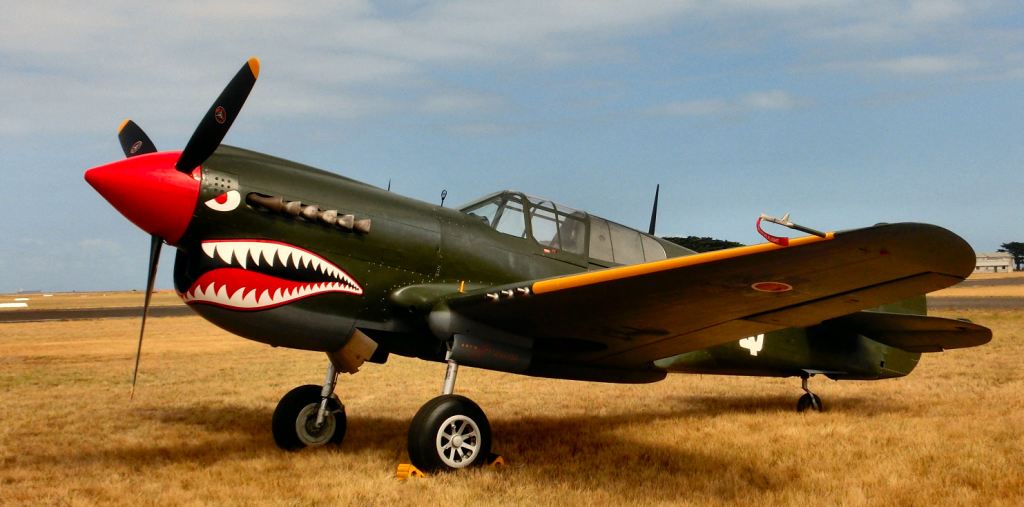

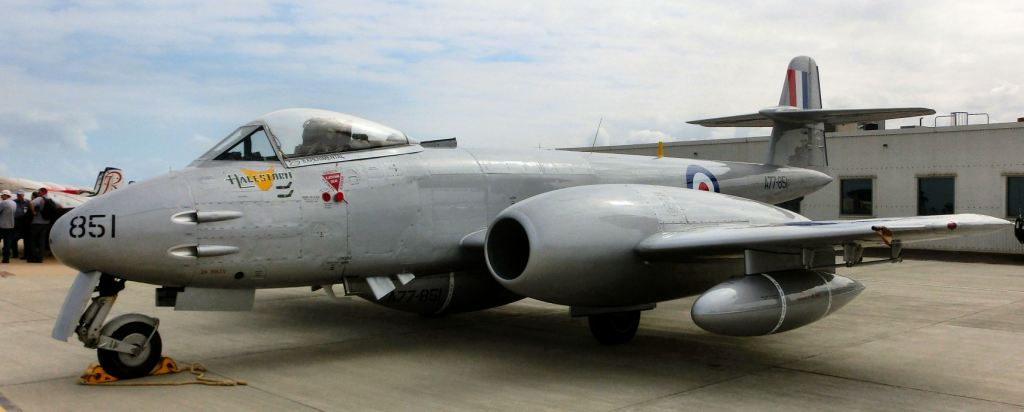
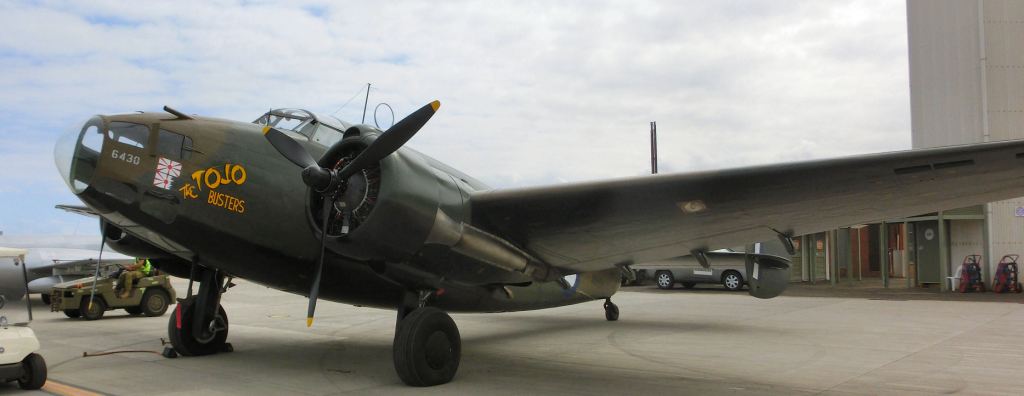
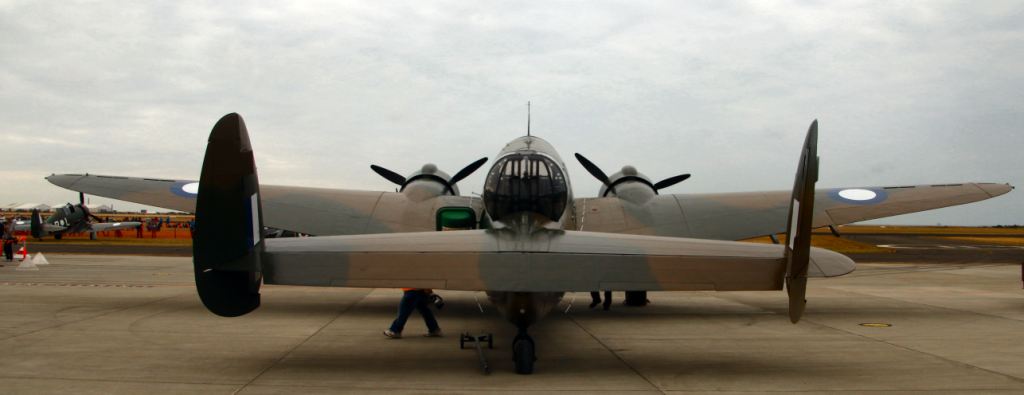
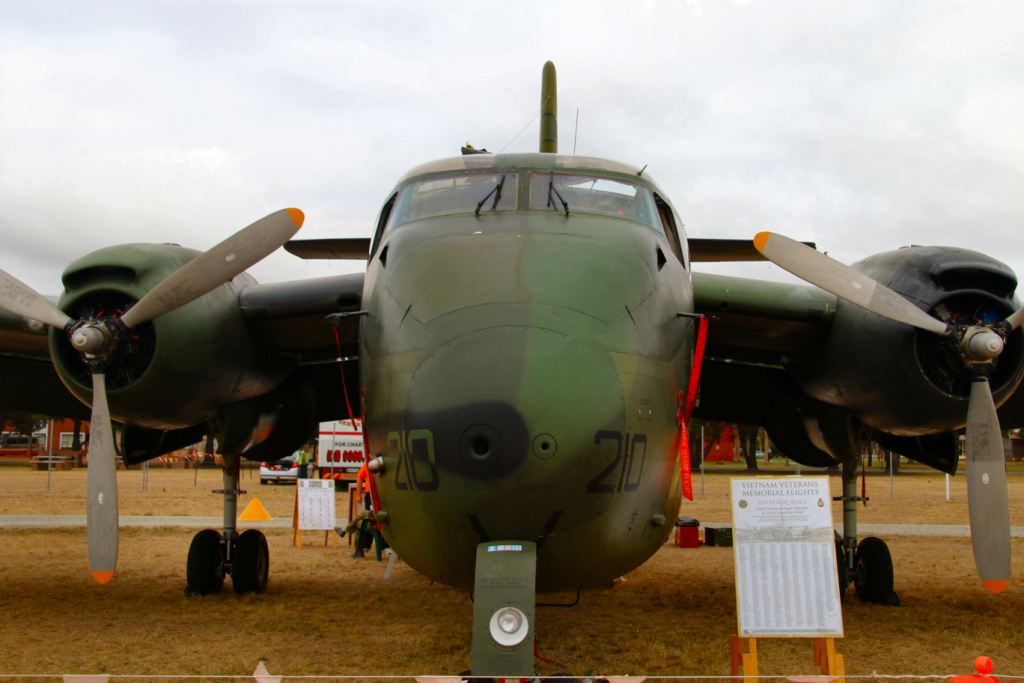
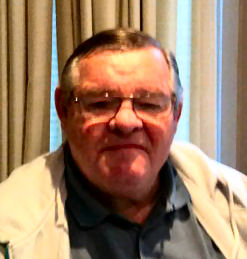
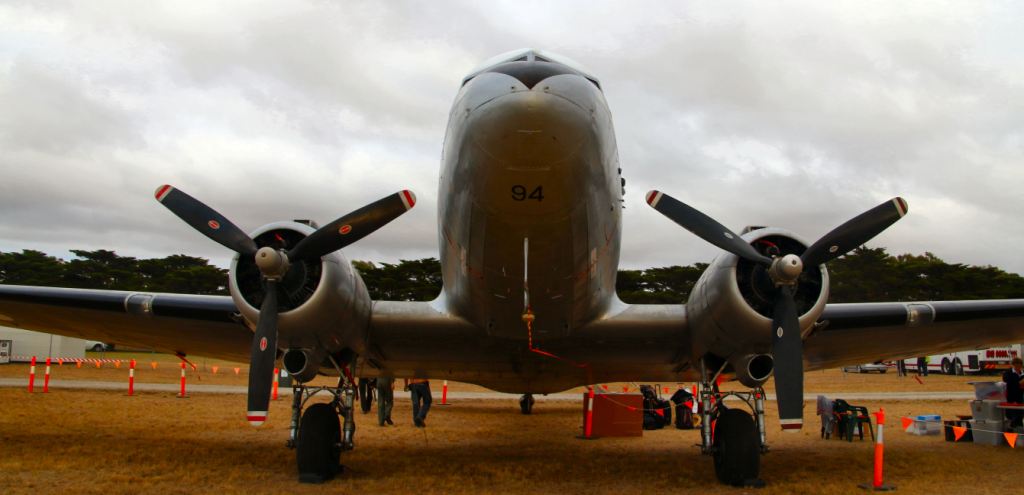
%20a.jpg)
%202.jpg) display to mark the retirement of the type and was the last RAAF C
model to land.
display to mark the retirement of the type and was the last RAAF C
model to land.%20a.jpg)
